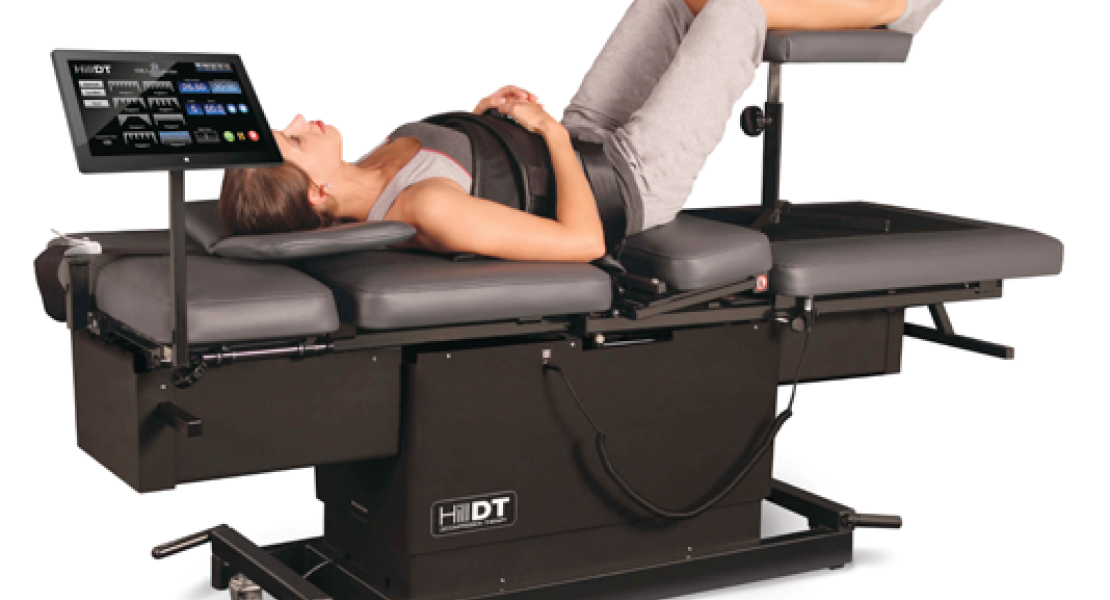Spinal decompression is a therapeutic technique often employed to address certain spinal conditions and alleviate associated symptoms. It’s essential to understand that the information provided here is for general informational purposes, and individual cases may vary. For personalized advice, consulting with a qualified healthcare professional is crucial.
Spinal decompression aims to relieve pressure on the spinal discs and nerves, which can occur due to various conditions such as herniated discs, degenerative disc disease, or spinal stenosis. The spine is composed of vertebrae separated by discs, which act as cushions and shock absorbers. When these discs become compressed, it can lead to pain, discomfort, and potential nerve compression.
The decompression process involves the use of a specialized decompression table. During a treatment, the patient is comfortably positioned on the table, and controlled decompressive forces are applied to the spine. This gentle pulling force is designed to create negative pressure within the discs, promoting the retraction of herniated or bulging material and facilitating the movement of nutrients, oxygen, and water into the affected discs.
The benefits of spinal decompression may include
- Pain Relief: By reducing pressure on nerves and promoting the healing of damaged discs, patients often experience relief from pain and discomfort.
- Improved Circulation: Decompression helps enhance blood flow to the affected area, supplying essential nutrients for healing.
- Increased Disc Height: The negative pressure created during decompression may contribute to increased disc height, potentially alleviating pressure on nerves.
- Enhanced Healing: By creating an optimal environment for healing, spinal decompression supports the body’s natural ability to repair and regenerate damaged tissues.
It’s important to note that there may be contraindications to spinal decompression and, therefore, may not be indicated. Before considering spinal decompression, it’s advisable to consult with a qualified healthcare professional such as Dr. Michael Shaffer, a Chiropractic Physician, who can assess your medical history, perform a thorough examination, and provide personalized recommendations based on your unique situation.
The Spinal Decompression Table
The HillDT spinal decompression table consists of an upper and lower body portion that moves independently.
Spinal decompression tables use computerized technology to create negative intradiscal pressure in the spine. Based on the history and exam/imaging findings, Dr. Shaffer would specify an appropriate protocol of decompression therapy that is best suited to the patient’s needs. As the decompression table gently decompresses the spine, negative pressure is created within the spinal discs, which can result in the retraction or repositioning of the disc material, leading to pain relief. In addition, the lower pressure within the disc can cause an influx of healing nutrients to the disc to promote further relief even when the patient is not on the table.
During decompression therapy, the body may resist stretching, known as muscle guarding. The decompression table Dr. Shaffer utilizes has sensors known as actuators that can detect when the patient’s muscles guard against the stretch. As a result, it continually monitors and readjusts the decompressive force ensuring maximum therapeutic benefit. Research has shown that the minimum therapeutic dosage is 20-24 decompression treatments.
A patient’s initial visit will help determine whether he or she would be a good candidate for decompression therapy. An initial analysis will include reviewing the patient’s history, including available imaging such as X-rays and, most importantly, MRI results. If the patient is a good candidate, the doctor will prescribe a decompression protocol for that specific patient and diagnosis.
Each spinal decompression treatment is approximately 20-30 minutes in duration. The patient is positioned on the table using a thoracic and pelvic harness during the session. For lumbar decompression, the lower portion of the body will move to stretch and relax the spine gently based on computerized algorithms designed to maximize the decompression and minimize the body’s resistance to that stretch. For decompression of cervical herniated discs, the upper portion of the body will move.
An advanced decompression table, such as the HillDT Spinal Decompression Table that Dr. Shaffer uses, will be able to store patient profiles and protocols so that for each session, once the patient is positioned on the table, a touch of the computer monitor will enact the correct protocol sequence.
Specializing in Non-Surgical Spinal Decompression
Dr. Shaffer has been serving Collier County since 1981. He specializes in spinal care, chronic and acute musculoskeletal conditions, injury, and rehabilitation.

